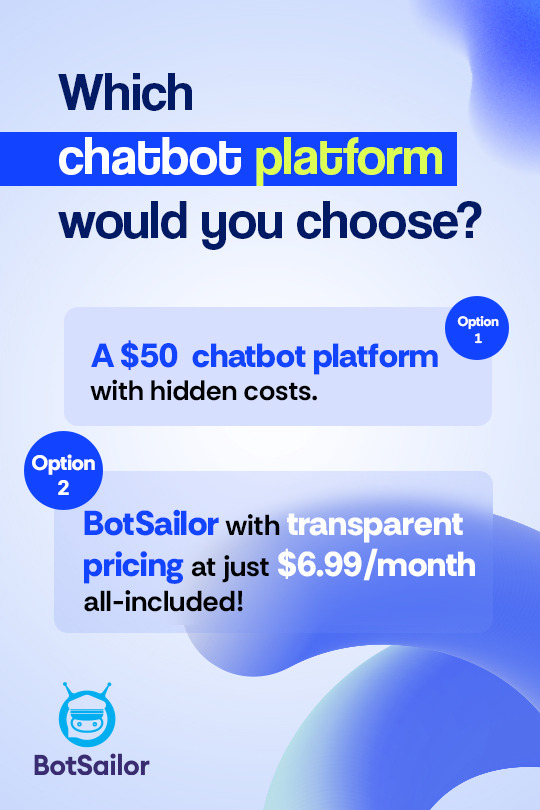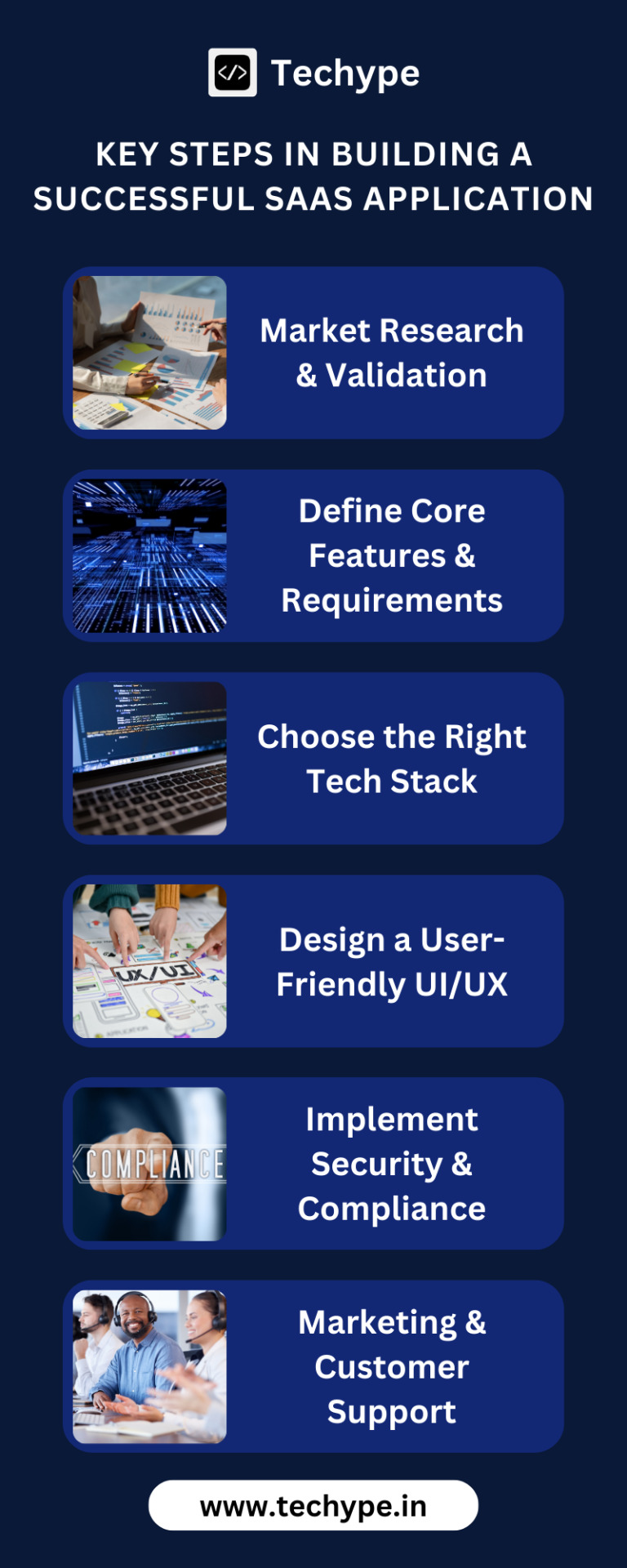#Saas Development Company
Explore tagged Tumblr posts
Text
Explore the innovative software development services offered by Software Development Hub (SDH). From MVP development and AI-powered solutions to ERP software, IoT, and cloud migration, SDH delivers cutting-edge expertise for startups and businesses worldwide. Discover insights, project highlights, and tips on building user-centric applications and driving digital transformation.
#software development#web app development#mobile app development#artificial intelligence#saas development company#custom app development#product development#erp software#enterprise software#python#machine learning development#IoT and IIoT development#machine learning#api development
7 notes
·
View notes
Text
Transparency and affordability are everything! So, choose the smarter option today and start maximizing your savings.

#whatsapp chatbot#telegram#whatsapp api#whatsapp#technology#software#saas platform#saas development company#business#marketing#b2b saas#saas#digital marketing
3 notes
·
View notes
Text

🔥 𝐈𝐧𝐭𝐫𝐨𝐝𝐮𝐜𝐢𝐧𝐠 𝐑𝐨𝐮𝐧𝐝𝐮𝐩𝐬 – 𝐘𝐨𝐮𝐫 𝐀𝐈-𝐃𝐫𝐢𝐯𝐞𝐧 𝐀𝐟𝐟𝐢𝐥𝐢𝐚𝐭𝐞 𝐌𝐚𝐫𝐤𝐞𝐭𝐢𝐧𝐠 𝐒𝐞𝐜𝐫𝐞𝐭! 🔥 Are your affiliate blogs sitting idle, taking up digital space without earning you a penny? It’s time to flip the script! With Roundups, you can unlock the full earning potential of your content. 💸 Roundups uses cutting-edge AI to generate highly targeted, SEO-optimized product research that’s perfectly tailored for Google. No more struggling to rank or losing out to competitors – with Roundups, your blogs will be transformed into commission-generating machines! 🚀 Whether you’re promoting products on Amazon, AppSumo, or other affiliate platforms, Roundups ensures that your content gets the visibility and clicks needed to drive consistent affiliate income. The days of missed opportunities are over – start turning your blogs into money-making assets today with Roundups! 🌟 Why choose Roundups? ✅ AI-Powered product research that does the heavy lifting for you ✅ SEO-Optimized content tailored to rank on Google ✅ Maximize your affiliate commissions with minimal effort ✅ Works with popular platforms like Amazon, AppSumo, and more Take your affiliate marketing to the next level and stop letting your blogs go unnoticed. Roundups has everything you need to boost traffic, increase conversions, and earn more commissions! 💥 Start today and watch your affiliate income soar! 💻💰 #AffiliateMarketing #SaaSZest #AIpowered#SEO #EarnMore #PassiveIncome
#saas development company#saas platform#saas technology#software#information technology#saas#software development
0 notes
Text

🚀 𝐒𝐚𝐲 𝐇𝐞𝐥𝐥𝐨 𝐭𝐨 𝐑𝐨𝐮𝐧𝐝𝐮𝐩𝐬 – 𝐘𝐨𝐮𝐫 𝐀𝐈-𝐏𝐨𝐰𝐞𝐫𝐞𝐝 𝐒𝐨𝐥𝐮𝐭𝐢𝐨𝐧 𝐭𝐨 𝐁𝐨𝐨𝐬𝐭 𝐀𝐟𝐟𝐢𝐥𝐢𝐚𝐭𝐞 𝐄𝐚𝐫𝐧𝐢𝐧𝐠𝐬! 💥 Tired of seeing your affiliate blogs just sit there, making no money? It’s time to change that! With Roundups, you can tap into the full earning potential of your content. 💰 Using advanced AI technology, Roundups delivers SEO-optimized product research that ranks on Google, driving traffic and affiliate commissions straight to your pocket. No more fighting to rank or losing to competitors – Roundups transforms your blogs into income-generating powerhouses! 🚀 Whether you're promoting on Amazon, AppSumo, or other platforms, Roundups ensures your content gets seen, clicked, and converted into consistent affiliate revenue. Stop wasting time and start turning your blogs into profitable assets! 🌟 Why Roundups? ✅ AI-driven product research that saves you time ✅ SEO-optimized content to rank higher on Google ✅ Boost your affiliate earnings with minimal effort ✅ Supports platforms like Amazon, AppSumo, and more Take your affiliate marketing to new heights with Roundups. Get the traffic, conversions, and commissions you deserve! 💻💸 Start now and see your affiliate income soar! 📈
#AffiliateMarketing #Rokinsaas
#AIpowered #SEO #EarnMore
#PassiveIncome #BoostYourEarnings
#software#information technology#saas development company#saas platform#saas technology#software development
0 notes
Text

🚀 𝐔𝐧𝐥𝐞𝐚𝐬𝐡 𝐭𝐡𝐞 𝐏𝐨𝐰𝐞𝐫 𝐨𝐟 𝐑𝐨𝐮𝐧𝐝𝐮𝐩𝐬 – 𝐘𝐨𝐮𝐫 𝐔𝐥𝐭𝐢𝐦𝐚𝐭𝐞 𝐀𝐈 𝐓𝐨𝐨𝐥 𝐟𝐨𝐫 𝐀𝐟𝐟𝐢𝐥𝐢𝐚𝐭𝐞 𝐒𝐮𝐜𝐜𝐞𝐬𝐬! 💥 Fed up with seeing your affiliate blogs gather dust and earn nothing? Roundups is here to change that! 💰 Harness the power of AI-driven product research that’s perfectly optimized for Google. Say goodbye to SEO struggles and hello to higher rankings, increased clicks, and consistent commissions! 🚀 Roundups makes it easy to transform your affiliate blogs into money-making machines, whether you're promoting on Amazon, AppSumo, or any other platform. Stop missing out on revenue and start seeing real results today! 🌟 Why Choose Roundups? ✅ AI-powered product research that saves you hours of work ✅ SEO-optimized content for top Google rankings ✅ Effortlessly boost your affiliate income ✅ Integrates with platforms like Amazon, AppSumo, and more Take your affiliate game to the next level with Roundups. Watch your traffic, conversions, and commissions soar! 📈 Start now and maximize your affiliate earnings! 💸
#AffiliateMarketing #Rokinsaas #AI
SEO #BoostIncome #EarnMore #AffiliateGrowth
#saas development company#saas platform#saas technology#software#information technology#software development
0 notes
Text
0 notes
Text

Learn How We Can Assemble You an Extra Stream of Income! . . If You're Someone That's Just Looking to Earn an Extra Stream Income in Digital Marketing Selling Digital Products . . Reach Out to Our Business Establishment to Learn About Our AI Automation System Setup Services! . . In addition, download ♦️FOR FREE♦️ our digital presentation guide which provides details on how you can assemble and turn your passion, hobbies and or work skills into your very own beginner friendly self-automated business sales system! . . Visit Business Resources Center: https://campsite.bio/microburstmedia . . This Info📚 Was brought to You by Micro Burst Media🏬 a Digital Solutions Company📊 . . Specializing In Digital Marketing, Content Advertisement and AI Automation System Setup . . Bringing you powerful media solutions for your business!
#sidehustleforbeginners2024#communitynews#generalpublicnews#communityengagement#floridanews#pompanobeachnews#browardcountynews#microburstmedia#sidehustleideasforanyone#software#b2b saas#saasmarketing#saas development company#saas development services#saas technology#saas platform#saas product#saas
0 notes
Text
Build a SaaS in 10 Minutes with AI & Replit Agent for Success
Learn how I built a SaaS in 10 minutes using AI and Replit Agent. Discover essential tips, powerful tools, and FAQs to accelerate your SaaS development journey.
#saas development company#hire saas developer#saas development agency#saas software development company#best saas development company#saas development companies#saas developers#saas software development companies#saas development firm#saas development services#saas product development services#saas product development company#SaaS application development services#saas app development
0 notes
Text

SaaS product development services in Chennai offer flexibility and customizations tailored to various industries, including healthcare, finance, e-commerce, technology, and enterprise solutions. Our solutions are designed for rapid deployment at an effective price, ensuring quick market entry. We emphasize collaboration with clients throughout the process, providing dedicated IT support to enhance user experience. As a leading SaaS development company, we cater to diverse industry verticals, delivering high-quality applications that meet unique business needs and drive growth.
#saas development company#saas platform#business startups#technology#digitaltransformation#techinnovation#software engineering#artificial intelligence#product development
0 notes
Text
Key Steps in Building a Successful SaaS Application
Discover the key steps to building a successful SaaS application with Techype! From market research and MVP development to cloud integration and security, our infographic breaks down the essential phases for a scalable, high-performing SaaS solution. Follow these steps to turn your vision into a thriving software business!

0 notes
Text

BotSailor stop your Customer losing for no effort Chatbot Integration .
#ai chatbot#whatsapp chatbot#comics#b2b saas#saas#software#whatsapp#whatsapp api#marketing#technology#business#saas development company#saas platform
2 notes
·
View notes
Text

⚡ 𝐂𝐫𝐞𝐚𝐭𝐢𝐧𝐠 𝐂𝐨𝐧𝐭𝐞𝐧𝐭 𝐛𝐮𝐭 𝐍𝐨𝐭 𝐒𝐞𝐞𝐢𝐧𝐠 𝐑𝐞𝐬𝐮𝐥𝐭𝐬? You put in the effort, but where’s the reach? 📉 Don’t let your content go unseen—let Taja do the heavy lifting! 🎬✨ 🔹 Upload your long-form video 📥 🔹 Instantly generate shorts, clips & posts 🎥 🔹 Optimize, schedule & publish across multiple platforms 📅 🔹 Never run out of ideas – fresh suggestions in seconds! 💡 🚀 More content. More engagement. Less effort. Elevate your content game with Taja today!
#SmartContentCreation #SaaSZest #GoViralWithTaja #EffortlessGrowth #ShortFormSuccess
#information technology#saas#software development#saas platform#saas development company#saas technology#software
0 notes
Text

🚀 𝐒𝐩𝐞𝐧𝐝𝐢𝐧𝐠 𝐓𝐢𝐦𝐞 & 𝐄𝐧𝐞𝐫𝐠𝐲 𝐛𝐮𝐭 𝐆𝐞𝐭𝐭𝐢𝐧𝐠 𝐍𝐨 𝐑𝐞𝐚𝐜𝐡? Tired of creating content that doesn’t get the engagement it deserves? 🤯 Say hello to Taja – your ultimate short-form video solution! 🎬✨ With Taja, you can: ✅ Auto-generate platform-specific shorts & posts 🎥 ✅ Optimize, schedule, and publish across multiple platforms effortlessly 📅 ✅ Turn one long video into weeks of content in seconds! ⏳ ✅ Get fresh video ideas instantly – no more creative blocks! 💡 🔥 Save time. Get more views. Grow faster. Ready to transform your content game? Try Taja today! 🚀
#ContentMadeEasy #Rokinsaas #ShortFormVideos #SocialMediaGrowth
#software#information technology#saas development company#saas platform#saas technology#software development
0 notes
Text

📢 𝐂𝐫𝐞𝐚𝐭𝐢𝐧𝐠 𝐂𝐨𝐧𝐭𝐞𝐧𝐭 𝐛𝐮𝐭 𝐍𝐨𝐭 𝐆𝐞𝐭𝐭𝐢𝐧𝐠 𝐕𝐢𝐞𝐰𝐬? Don’t let your hard work go unnoticed! 👀 With Taja, turn one long-form video into high-performing short clips & social posts—effortlessly! 🎬✨ ✨ What Taja Does for You: 🚀 Auto-generate platform-specific shorts & posts 🎥 📅 Optimize, schedule, and publish everywhere in a click! ⏳ Turn one video into weeks of content instantly 💡 Never run out of ideas – fresh content suggestions in seconds! 💥 More reach. More engagement. Less effort. Try Taja today and transform your content game! 🚀
#CreateSmarter #SaaSboxy #MaximizeYourContent #ShortFormMagic #GoViral
#saas development company#saas platform#saas technology#software#information technology#software development
0 notes
Text
6 Saas Ideas
1 note
·
View note